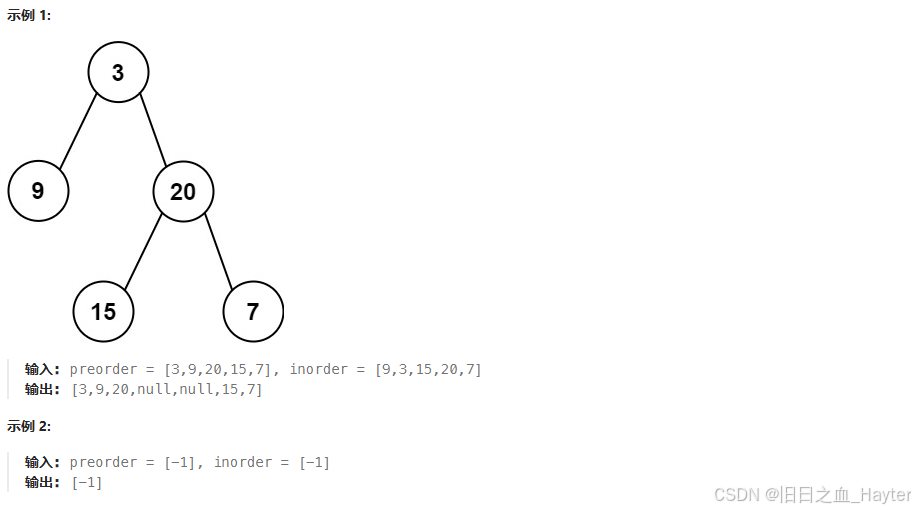文章目录
- 一、引言
- 二、迭代器
- 2.1 迭代器对象的创建
- 2.2 迭代器的使用
一、引言
迭代器是设计模式的一种,迭代器模式提供方法来访问容器中的的元素,这听起来跟c语言中指针十分相似,其实数组访问中的指针本质上就是迭代器的一种。Iterrator对象就是迭代器,而iterator() 是 Java 集合框架中的一个方法,它返回一个 Iterator 对象,该对象可以用来遍历集合中的元素。
二、迭代器
2.1 迭代器对象的创建
在讲如何创建迭代器对象之前首先需要了解的是迭代器的种类,这里引用一下FASTR博主中的类结构图来说明

通过底层代码的查看我们可以发现在Iterable接口中有一个Iterator方法,它返回一个Iterator对象。
public interface Iterable<T> {/*** Returns an iterator over elements of type {@code T}.** @return an Iterator.*/Iterator<T> iterator();
而Iterator对象中则是拥有三个方法
public interface Iterator<E> {boolean hasNext();E next();default void remove() {throw new UnsupportedOperationException("remove");}
| 返回值类型 | 方法名 | 功能 |
|---|---|---|
| boolean | hasNext() | 判断集合是否还有元素,如果返回 true 表示集合还有元素,返回 false 表示集合中没有元素 |
| E | next() | 获取集合中的下一个元素,通常搭配hasNext()来使用,判断出存在元素再使用该方法获取下一个元素 |
| void | remove() | 删除集合中的元素。 |
在了解了类结构图之后我们就可以使用iterator()方法来创建对应的迭代器对象。
2.2 迭代器的使用
我们先来看一下最常见的ArrayList集合的迭代器使用案例
package pojo;import java.util.ArrayList;
import java.util.Iterator;
import java.util.List;public class IteTest {public static void main(String[] args) {List<Integer> list = new ArrayList<>();list.add(1);list.add(2);list.add(3);Iterator<Integer> iterator = list.iterator();while(iterator.hasNext()) {int value = iterator.next();System.out.print(value + " ");}}
}
运行结果为:

在该案例中,首先hasNext()方法的指针先指向1,确定存在该元素后打印,然后是2,3。在3之后由于没有下一个元素就会跳出while循环。
上述案例演示了hasNext和next方法的基本使用,那么remove()其实在迭代器中的使用也十分简单
package pojo;import java.util.ArrayList;
import java.util.Iterator;
import java.util.List;public class IteTest {public static void main(String[] args) {List<Integer> list = new ArrayList<>();list.add(1);list.add(2);list.add(3);Iterator<Integer> iterator = list.iterator();while(iterator.hasNext()) {int value = iterator.next();if(value == 1) iterator.remove();}System.out.println("删除后" + list);}
}运行结果为:元素1被删除

那么Iterator的子类ListIterator有什么特殊之处呢。它允许程序员在列表(如 ArrayList、LinkedList 等)中双向遍历,同时支持元素的添加和删除操作。我们可以看一下底层代码中对几个新方法的描述
/*** Returns {@code true} if this list iterator has more elements when* traversing the list in the reverse direction. (In other words,* returns {@code true} if {@link #previous} would return an element* rather than throwing an exception.)** @return {@code true} if the list iterator has more elements when* traversing the list in the reverse direction*/boolean hasPrevious();/*** Returns the previous element in the list and moves the cursor* position backwards. This method may be called repeatedly to* iterate through the list backwards, or intermixed with calls to* {@link #next} to go back and forth. (Note that alternating calls* to {@code next} and {@code previous} will return the same* element repeatedly.)** @return the previous element in the list* @throws NoSuchElementException if the iteration has no previous* element*/E previous();/*** Returns the index of the element that would be returned by a* subsequent call to {@link #next}. (Returns list size if the list* iterator is at the end of the list.)** @return the index of the element that would be returned by a* subsequent call to {@code next}, or list size if the list* iterator is at the end of the list*/int nextIndex();/*** Returns the index of the element that would be returned by a* subsequent call to {@link #previous}. (Returns -1 if the list* iterator is at the beginning of the list.)** @return the index of the element that would be returned by a* subsequent call to {@code previous}, or -1 if the list* iterator is at the beginning of the list*/int previousIndex();/*** Replaces the last element returned by {@link #next} or* {@link #previous} with the specified element (optional operation).* This call can be made only if neither {@link #remove} nor {@link* #add} have been called after the last call to {@code next} or* {@code previous}.** @param e the element with which to replace the last element returned by* {@code next} or {@code previous}* @throws UnsupportedOperationException if the {@code set} operation* is not supported by this list iterator* @throws ClassCastException if the class of the specified element* prevents it from being added to this list* @throws IllegalArgumentException if some aspect of the specified* element prevents it from being added to this list* @throws IllegalStateException if neither {@code next} nor* {@code previous} have been called, or {@code remove} or* {@code add} have been called after the last call to* {@code next} or {@code previous}*/void set(E e);/*** Inserts the specified element into the list (optional operation).* The element is inserted immediately before the element that* would be returned by {@link #next}, if any, and after the element* that would be returned by {@link #previous}, if any. (If the* list contains no elements, the new element becomes the sole element* on the list.) The new element is inserted before the implicit* cursor: a subsequent call to {@code next} would be unaffected, and a* subsequent call to {@code previous} would return the new element.* (This call increases by one the value that would be returned by a* call to {@code nextIndex} or {@code previousIndex}.)** @param e the element to insert* @throws UnsupportedOperationException if the {@code add} method is* not supported by this list iterator* @throws ClassCastException if the class of the specified element* prevents it from being added to this list* @throws IllegalArgumentException if some aspect of this element* prevents it from being added to this list*/void add(E e);
E previous() 返回列表中的前一个元素,并将迭代器位置向后移动一个位置。
int nextIndex() 返回对 next 的后续调用将返回的元素的索引(在正向遍历列表中时)。
int previousIndex() 返回对 previous 的后续调用将返回的元素的索引(在反向遍历列表中时)。
void set(E e) 用指定的元素替换上次 next 或 previous 访问的元素(可选操作)。
void add(E e) 将指定的元素插入列表(可选操作)。该元素将插入到 next 或 previous 最后一次访问的位置。



















